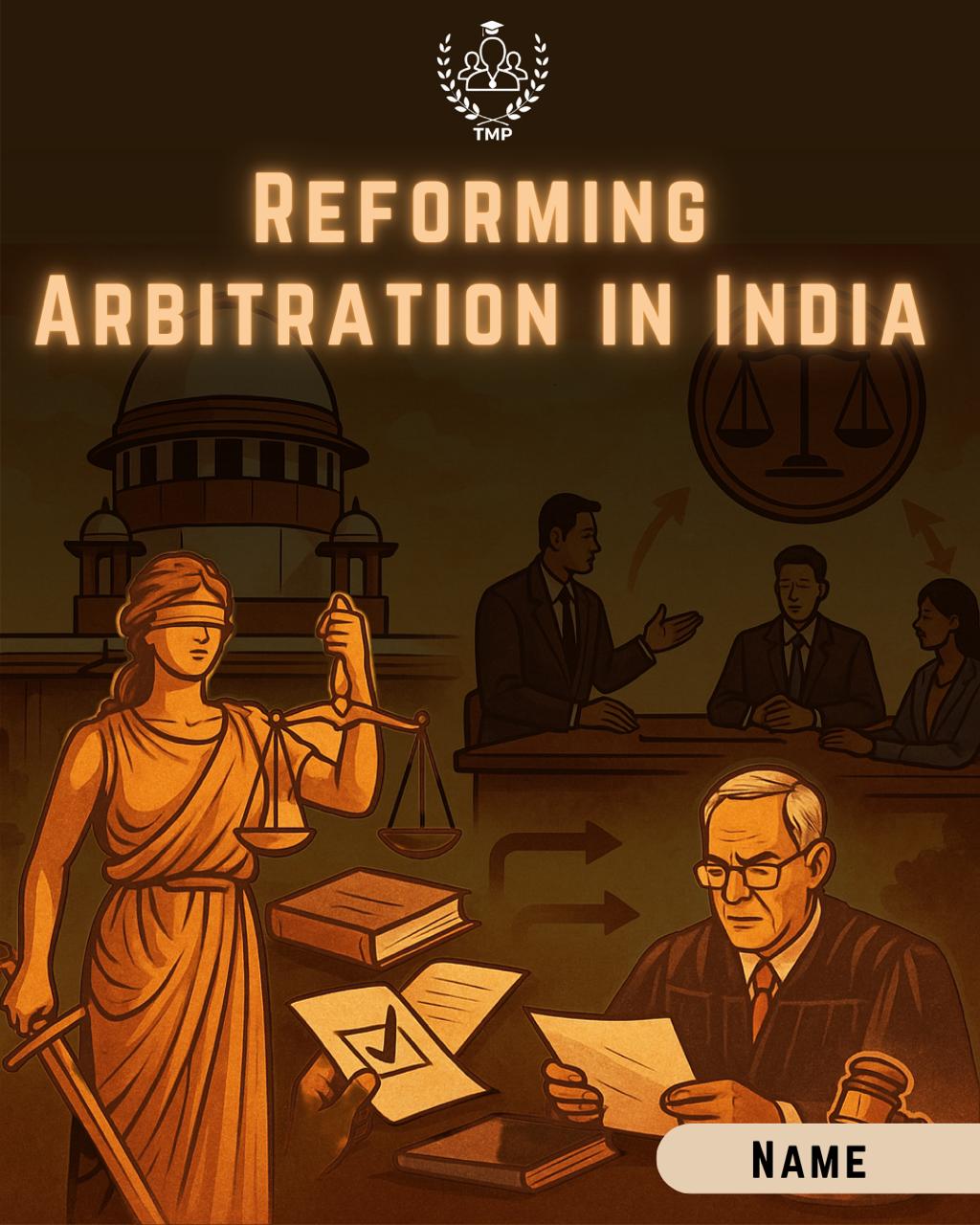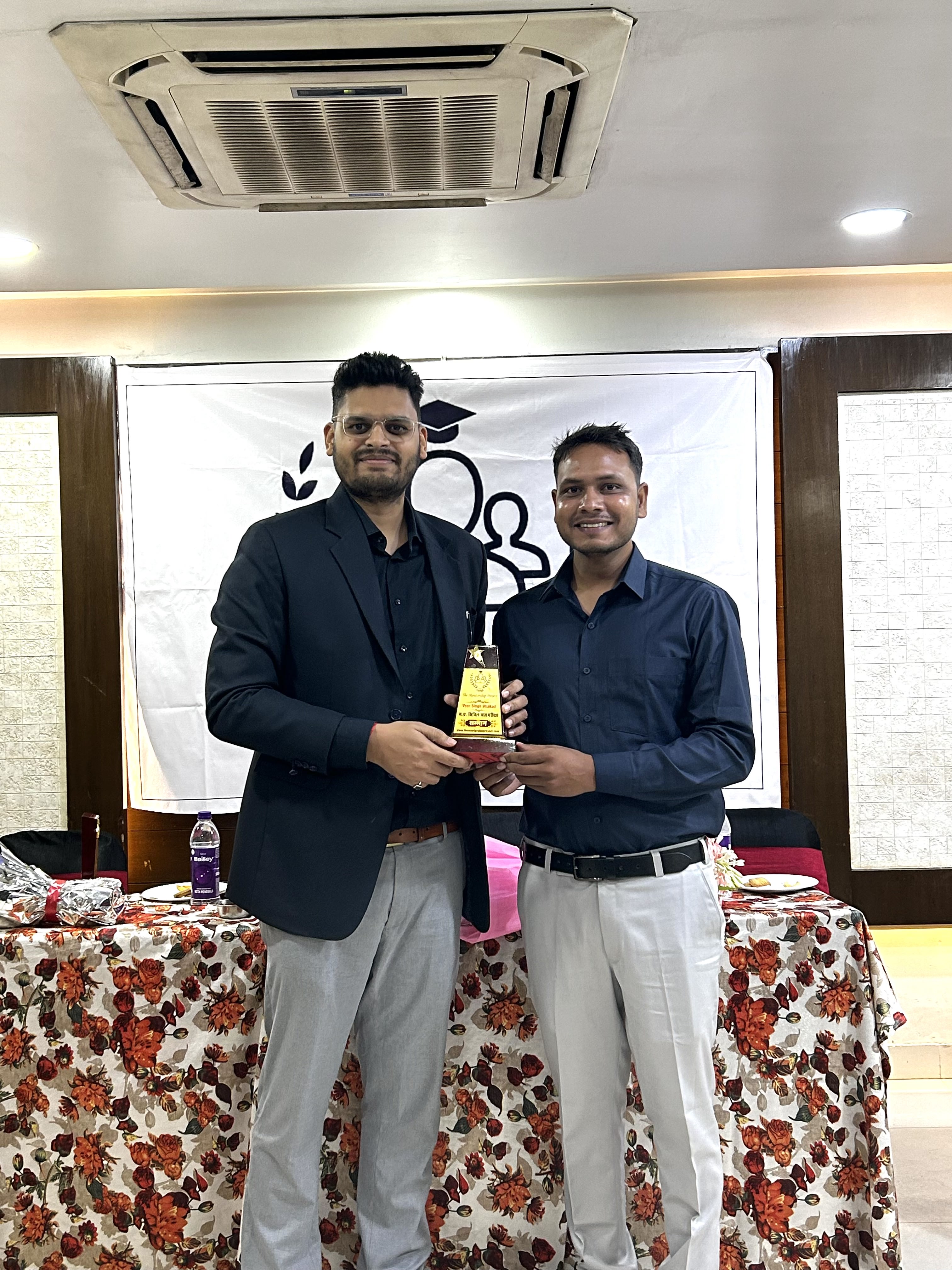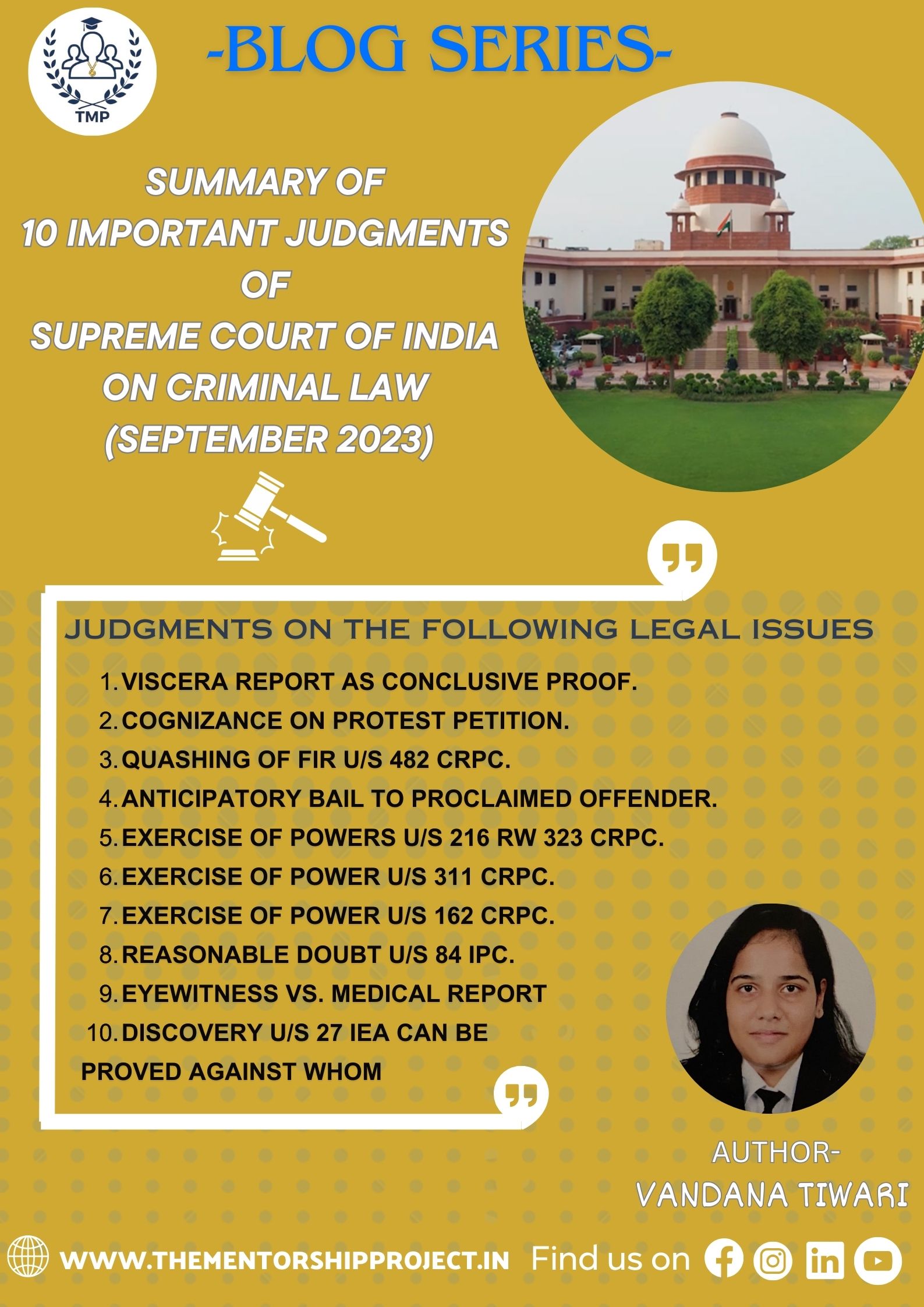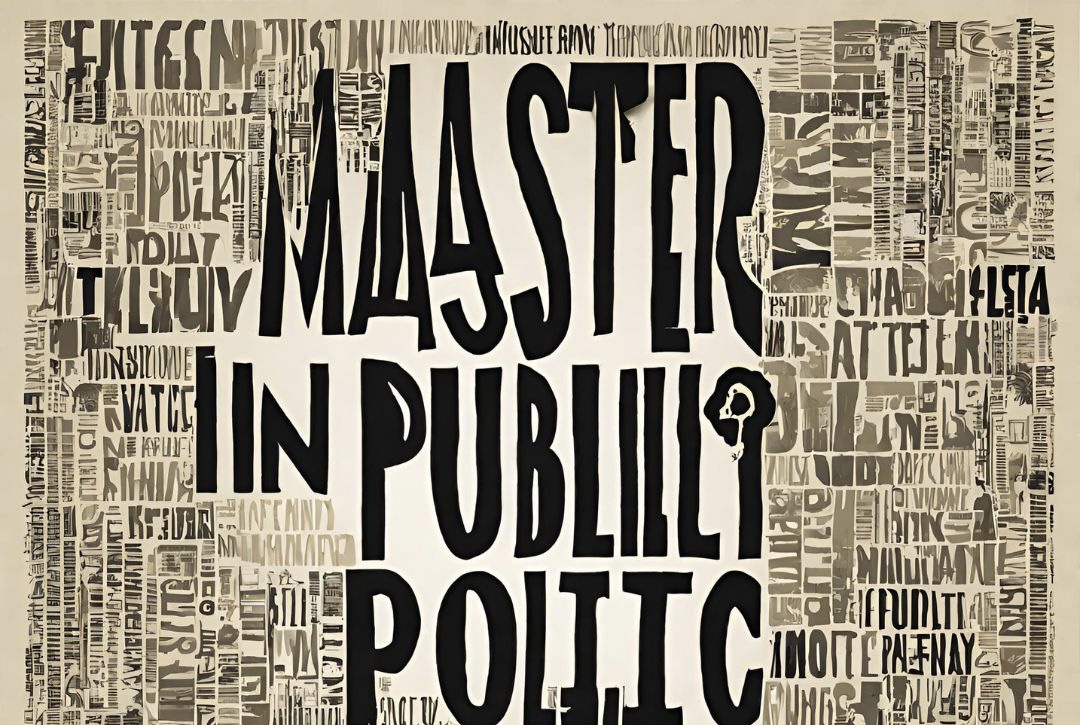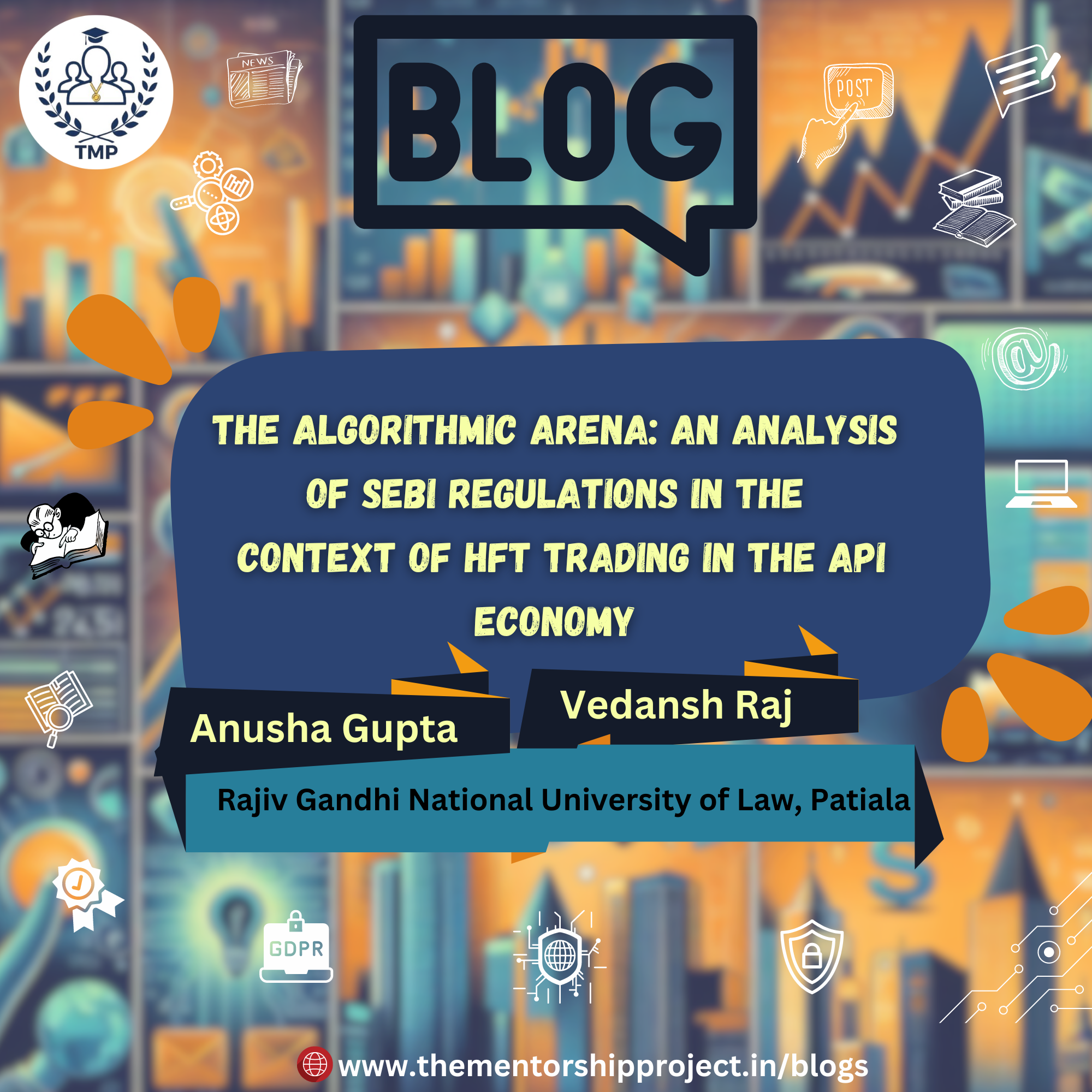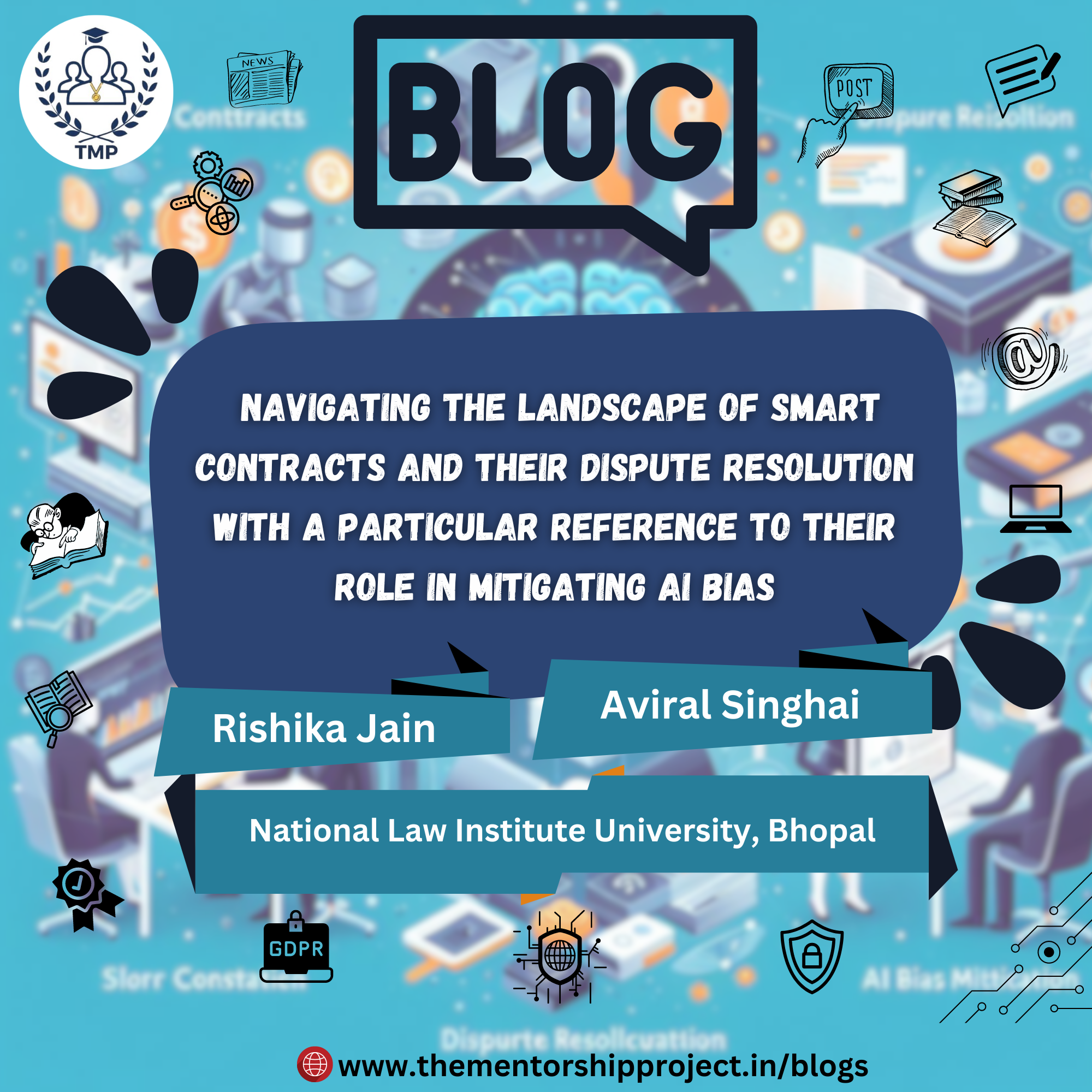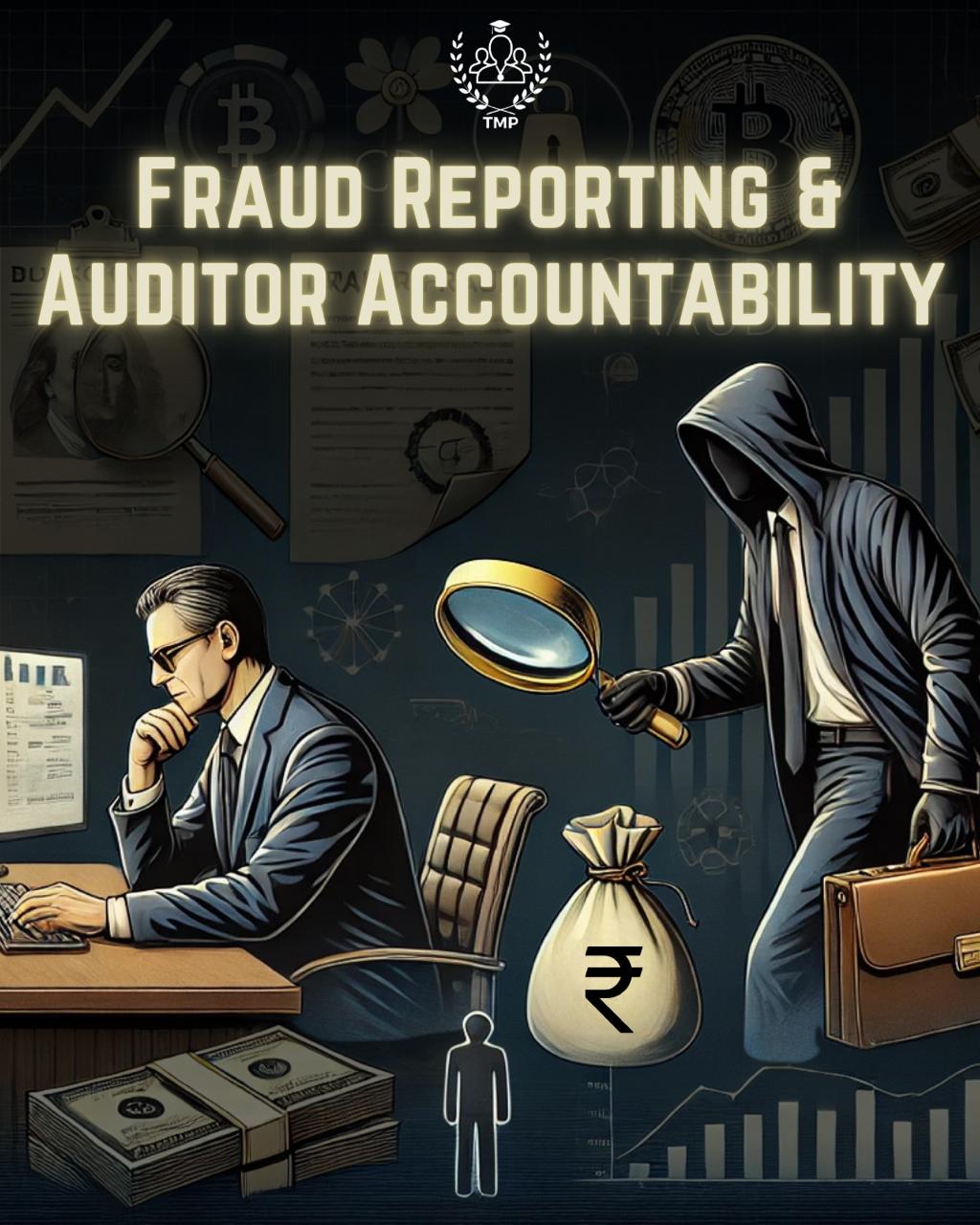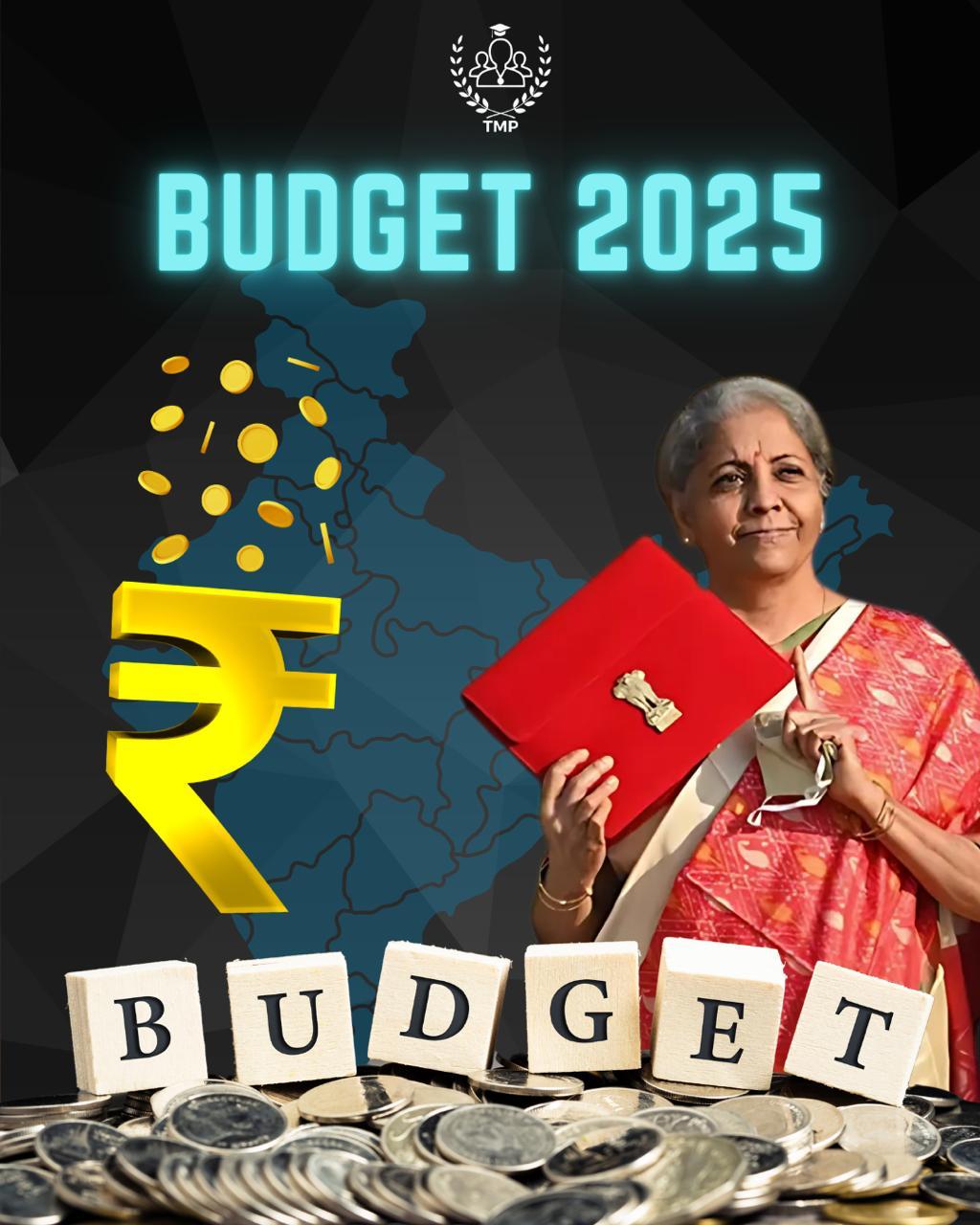June 18 , 2025
India's evolving pro-arbitration stance: Analysis of recent Supreme Court rulings and amendments to the Arbitration and Conciliation Act
INTRODUCTION
For far too long, arbitration in India was seen as anything but an alternative. Often a prelude to a full-blown litigation, it was filled with court intervention, procedural delays, lack of institutional arbitration infrastructure. The Arbitration and Conciliation Act, 1996 (hereinafter “1996 Act”), based on the UNCITRAL Model Law, may have been a promising start. But the journey has been bumpy. Arbitration in India lost its footing somewhere between judicial control and a legal culture that resorts to private dispute resolution at a slow pace.
But things have started to change, and that is for good. In the last few years, the Supreme Court of India has steadily begun dismantling long-standing judicial roadblocks to arbitration. Landmark rulings like those of Vidya Drolia, Perkins Eastman, and PASL Wind Solutions have not just clarified legal ambiguities and set a precedent. But also delivered an important message: Arbitration in India is stepping into its own. The court’s restraint in respecting the arbitration decisions for appointment and enforcement stages, etc., depicts its alignment with the global norms like that of party autonomy and institutional credibility.
The Parliament hasn’t remained silent either. A trilogy of amendments, that of 2015, 2019 and 2021, have successively attempted to liberate arbitration from the traps of litigation laps and red tape. Time limits for award, a redefined public policy exception, and the push for institutional arbitration reflect a legislative intent to not just streamline dispute resolution but to actively position itself as an international arbitration hub.
But the real question is, has this shift truly reached the ground? This article traces the doctrinal shifts and legislative ambitions of what India’s pro-arbitration stance actually means.
BACKGROUND
Before India’s legal system began aligning itself with the global narrative of arbitration as an effective dispute resolution mechanism, its reputation told a very different story. One of the most significant issues was the extent of involvement of courts in arbitration. A turning point in law was observed through ONGC v. Saw Pipes Ltd., where the scope of public policy under Section 34 of the 1996 Act was expanded to include “patent illegality”. This opened the floodgates to challenge arbitral awards as parties relied on vague claims to resist the enforcement of an award.
Adding to it was India’s over-reliance on ad-hoc arbitration. Despite the presence of institutions like the Indian Council of Arbitration, there was minimal trust in it. As a result, especially international parties preferred to arbitrate outside India. Even in 2014, the Law Commission of India in its 246th Report noted that arbitration has failed to be better than litigation or any alternative. This was due to delays, costs, etc., in the process. Although arbitration is intended to be faster than litigation, challenges under Section 34 in the enforcement of the arbitral award are yet again an obstacle. This defeats the very purpose of arbitration, from speedy resolution to cost effectiveness.
India’s scepticism towards arbitration was not just confined to domestic disputes. Courts began applying the public policy tests, which were meant for domestic awards, to foreign awards. This was held in Phulchand Exports v. OOO Patriot and was only overruled in a 2013 judgment. As we will see in the following sections, these landmark judgments sought to realign India’s arbitration landscape with international practices.
LEGISLATIVE INTERVENTIONS
Amendments in the 1996 Act have structurally aided in the pro-arbitration agenda. Between 2015 and 2021, three key amendments were brought. Each sought to end the flaws and helped India to become a credible seat of arbitration
2015 Amendment- The amendment came as a sharp response to the concerns raised by the 246th Law Commission Report, which criticised judicial interference and delayed proceedings. One of the important changes was the introduction of time-bound arbitration under Section 29A. It mandated that the arbitral award be delivered within 12 months from the date the tribunal enters reference. This is extendable by 6 months with the consent of the parties. This countered the then-norms of dragged arbitrations.
It also narrowed the definition of public policy of India under Sections 34 and 48 by limiting grounds to challenge domestic and foreign awards, respectively. Courts were to interfere only when there was fraud, corruption or contravention of the fundamental policy of Indian law.
A game-changer in the form of Section 17 was introduced to empower arbitral tribunals to grant interim relief. This was with the same force as a court. Previously, even if a tribunal granted interim relief, enforcement often hit a wall. The amendment gave teeth to such orders.
2019 Amendment- The amendment sought to push towards institutional arbitration. One of the highlights was the introduction of Part IA and the concept of an Arbitration Council of India (ACI). The ACI was intended to function as a regulatory body to grade arbitral institutions. It also formalised a time limit for issuing awards in international commercial arbitration, but with more flexibility than the 2015 amendment. Another change was in Section 11, which made the appointments to be preferably made by arbitral institutions designated by the courts.
2021 Amendment- The amendment inserted a proviso to Section 36, allowing for an automatic stay on the enforcement of awards if the court prima facie finds the arbitration agreement fraudulent. The intention was to prevent abusive enforcement of tainted awards. However, it raised eyebrows. It was shortly after that the Supreme Court ruled against automatic stays.
Across these three amendments, parliament has a clear message that arbitration is a destination and not a detour. Along with the laws, another important aspect is to look into the judiciary’s evolving stance and its implementation on the ground.
JUDICIAL DEVELOPMENTS
The Supreme Court has gradually transformed the arbitration process in the country. This didn’t come overnight. Judgments like Perkins Eastman marked a critical turn, striking down unilateral arbitrator appointments by interested parties. It was built on TRF Ltd., which reinforced the fundamental premise of impartiality in the arbitral process. The court in the CORE-II judgment in 2024 ruled that unilateral appointments were unconstitutional.
Another milestone came in Vidya Drolia, where the court clarified that the scope of judicial scrutiny at the Section 11 referral stage must be narrow. Courts, it held, are not supposed to delve into intricate questions of arbitrability unless the issue is patently clear. This was not just a nod to the kompetenz-kompetenz principle. That same spirit was echoed in Cox & Kings v. SAP India, where a valid arbitration agreement exists, even though doubts about the inclusion of non-signatories are to be left to the arbitral tribunal to decide.
The court restraint has also extended to the enforcement stage. In NTPC v. SPML, the court held that the errors of law or fact are not sufficient grounds to annul an arbitral award under Section 34. This was in line with the Hindustan Construction Company v. Union of India.
Still, the court has shown that when arbitration overreaches, it will not shy away from acting. As in the case of Delhi Airport v. DMRC (2022), it directed the public sector to honour a Rs. 7,000 crore arbitral award, but in May 2024, set it aside. The reason was perverse and patent illegality. It was a rare reversal, but deference to arbitration does not mean blind acceptance.
The concern over courts modifying awards was addressed again in SV Samudram v. State of Karnataka, where the court clarified that modification of awards is beyond the scope of Section 34. Courts are not appealable bodies to arbitral tribunals, and they are mere guarantors of the process. And while the earlier PASL Wind Solutions broke important ground by affirming that two Indian parties can choose a foreign seat of arbitration. In Hindustan Construction v. NHAI, it was held that interpretation errors in government contracts are no ground to challenge awards.
Across these judgments, the signal is that arbitration is not an empty formality. It is final, binding and to be respected. With these, India’s arbitration is no longer delusional; it is real, setting precedents day by day.
CONCLUSION
India’s arbitration is no longer a work-in-progress but a work in motion. From being marked by delays and judicial overreach to reduced interference and clearer legislative intent. The courts, too, have stepped into a supporting role, but have largely respected party autonomy. India is not just aiming to be arbitration-friendly on paper, but is working on the ground.
(Authored by Priyal Bansal, Second Year Law Student at Ram Manohar Lohiya National law University, Lucknow, Views Expressed are personal)

